Journeying to Cyrodiil, 15 Years Later
I’ve written exhaustively about what exactly it means for a game to “hold up,” and I’ve largely come to the conclusion that something can hold up if it either A) is mechanically sound enough that it feels like it could have come out in some form in modern times (e.g., Super Metroid) or B) is uniquely strong enough through its storytelling and worldbuilding (e.g., EarthBound). The Elder Scrolls IV: Oblivion, which I’ve played for the first time recently, fits neatly into the second category, though it’s dated mechanics don’t hamper the experience quite as much as one may think.

In the most basic sense of the term, Oblivion does not “hold up” especially well. The combat is clunky, the character models are ugly, the world contains large swathes of emptiness and filler locations (including the Oblivion Gates themselves), and there are so many bugs that it’s amazing anything works at all. In addition, franchise follow-up Skyrim improves upon so much of the gameplay and geographical design that playing Oblivion after Skyrim feels like taking a major step backward, at least in terms of general quality of life.
That said, Oblivion remains a compelling experience in spite of these flaws, since many of its core role-playing elements are still a big draw. Though it fails to provide many mechanical reasons to play it nowadays, the game’s worldbuilding and immersive systems continue to be strong, as its focus on side quests, bizarre NPC encounters, and guilds provides the player with more than enough to stay interested. There are no epic dragon battles to be had here, and the simple act of exploring ancient ruins and caves can be a slog due to a lack of diverse level design, but simply existing in the continent of Cyrodiil and taking part in its curiosities is as artistically nourishing as any modern RPG.

Consider the way Oblivion handles vampirism. If you are afflicted with the curse of being a blood-sucking demon, you can seek out help and complete a quest to rid yourself of such a disease. You don’t have to do this, however. You can simply embrace being a vampire, reaping the benefits during the night while strategically planning when to feed on victims so you don’t steadily lose health throughout the day. While the mechanical act of healing oneself as well as the still-clunky battles as a vampire may feel awkward and poorly aged, the concepts at play remain interesting: Either you take on a new quest to become normal again, or see how far you can go as a deadly creature of the night.
Another example of how Oblivion manages to stay relevant philosophically is how it presents your membership in the Thieves’ Guild. In Skyrim, joining the guild involves performing a number of scripted quests to steal specific things from specific people to prove your worth. The questline also features an overarching narrative involving a past guild leader who disappeared, ancient robots, and confronting the guild’s double-crossers.
In Oblivion, however, you’re not given these tasks in quite the same way. You must first prove you’re good at stealing anything before stealing something of particular value, with the guild leader telling you to steal any number of random items from anyone you please (adding up to a particular total value) before he asks you to do anything big. In addition, joining the Thieves’ Guild (much like any guild) comes with a number of perks that exist outside the contour lines of a written quest, such as being able to pay off fines or barter stolen items with a number of NPCs throughout Cyrodiil. This is what makes being part of the Thieves Guild so compelling in Oblivion: It’s not just an excuse to do some cool quests, but an actual club that involves members paying their dues and looking out for one another.
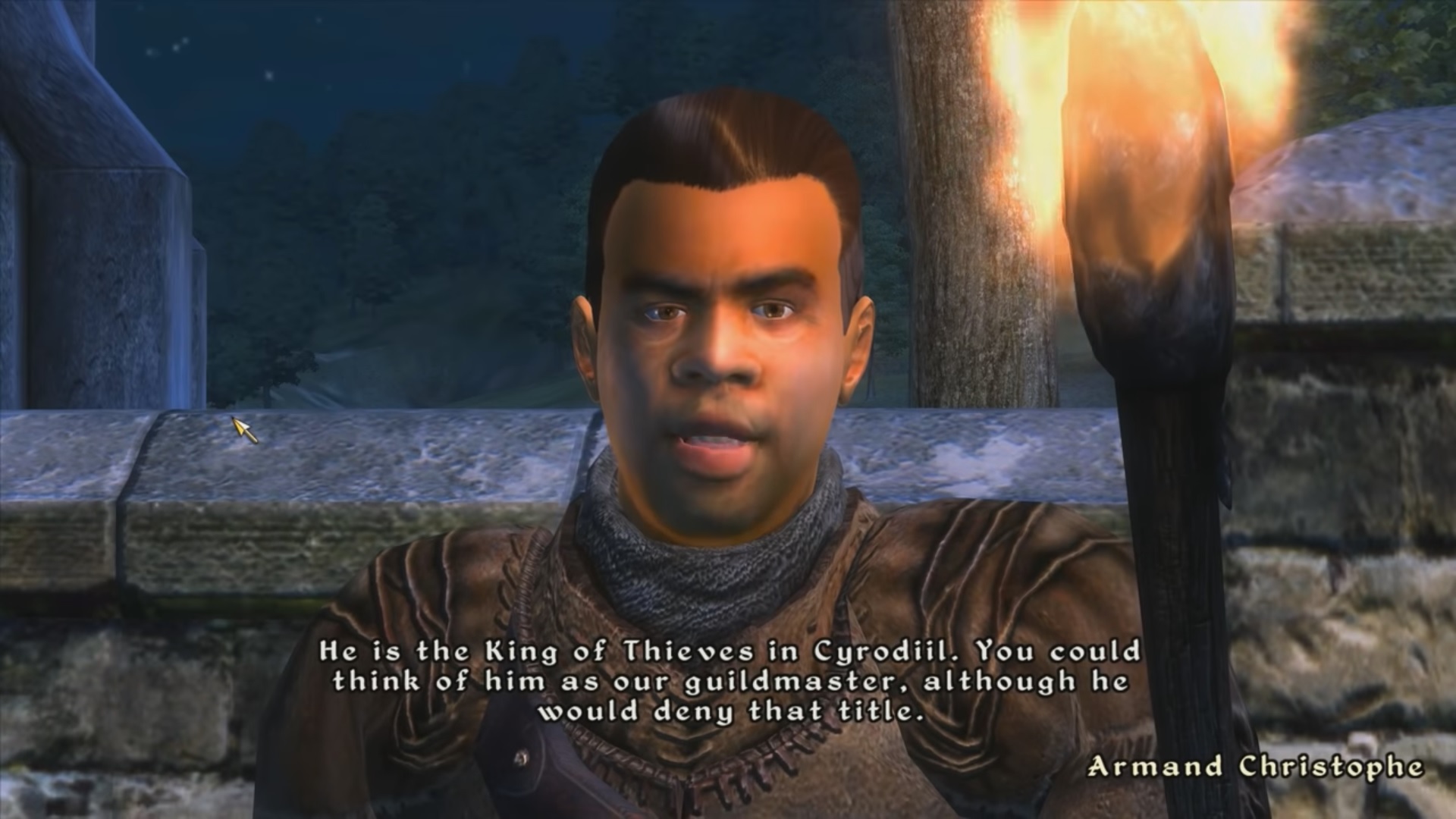
There are myriad other ways this 15-year-old RPG still manages to grip the player through its clever ideas, but that may not convince you that it “holds up” in any meaningful sense. When it comes to the primary gameplay loop, I can’t really argue otherwise. So many of the dialogue options are pointless. The so-called “radiant AI” that guides all NPCs (as fascinating as it is) breaks down way too often, resulting in soldiers walking continuously into walls or wolf corpses flying through the air. At one point, I even had to turn down the difficulty not because the battles were too challenging, but because they were too tedious and boring for me to care if I played the game “the right way.” In addition, the game lacks modern quality-of-life features (such as better map markings and item management), making even basic minute-to-minute activities slightly more arduous.
On the other hand, Oblivion’s clunky gameplay and NPCs have cleared the way for me to focus on the better features of the game. I don’t have to “git gud” by mastering dodge rolls or creating the perfect character build; instead, I can just make sure I have the best weapons and armor available to me and play the way I want. I don’t have to worry about making the “best” story choices, since the world is so bizarre and ethically neutral that whatever way I play becomes the best way. The filler towers and caves don’t bother me either, since knowing that I can avoid them allows me to focus on the quests themselves and not whether I always have the best loot.
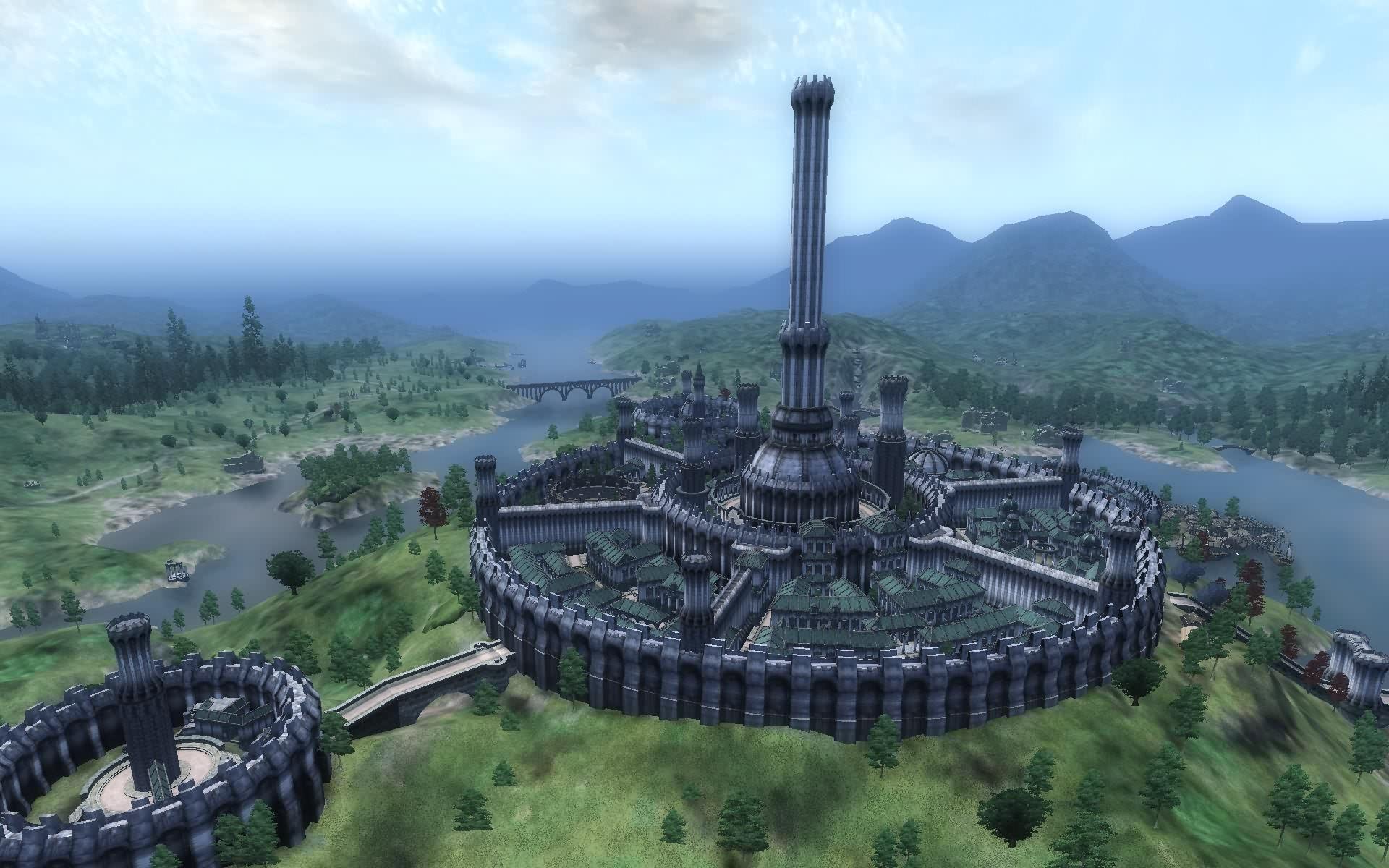
Playing through Oblivion a decade and a half after its initial release puts into perspective how much creative vision matters in making a work of art evergreen. It’s not necessary to push the mechanical boundaries of an era or perfectly execute a set of controls and systems for something to hold up. The games that stay great decade after decade typically reflect a solid set of ideas and design ideologies, and the ones that fall by the wayside tend to be less grounded by comparison. There’s a universe where Bethesda remasters or remakes Oblivion, modernizing its combat and streamlining many of its mechanics and systems. That would be nice, but what’s already there is pretty great regardless.
Sam has been playing video games since his earliest years and has been writing about them since 2016. He’s a big fan of Nintendo games and complaining about The Last of Us Part II. You either agree wholeheartedly with his opinions or despise them. There is no in between.
A lifelong New Yorker, Sam views gaming as far more than a silly little pastime, and hopes though critical analysis and in-depth reviews to better understand the medium's artistic merit.
Twitter: @sam_martinelli.


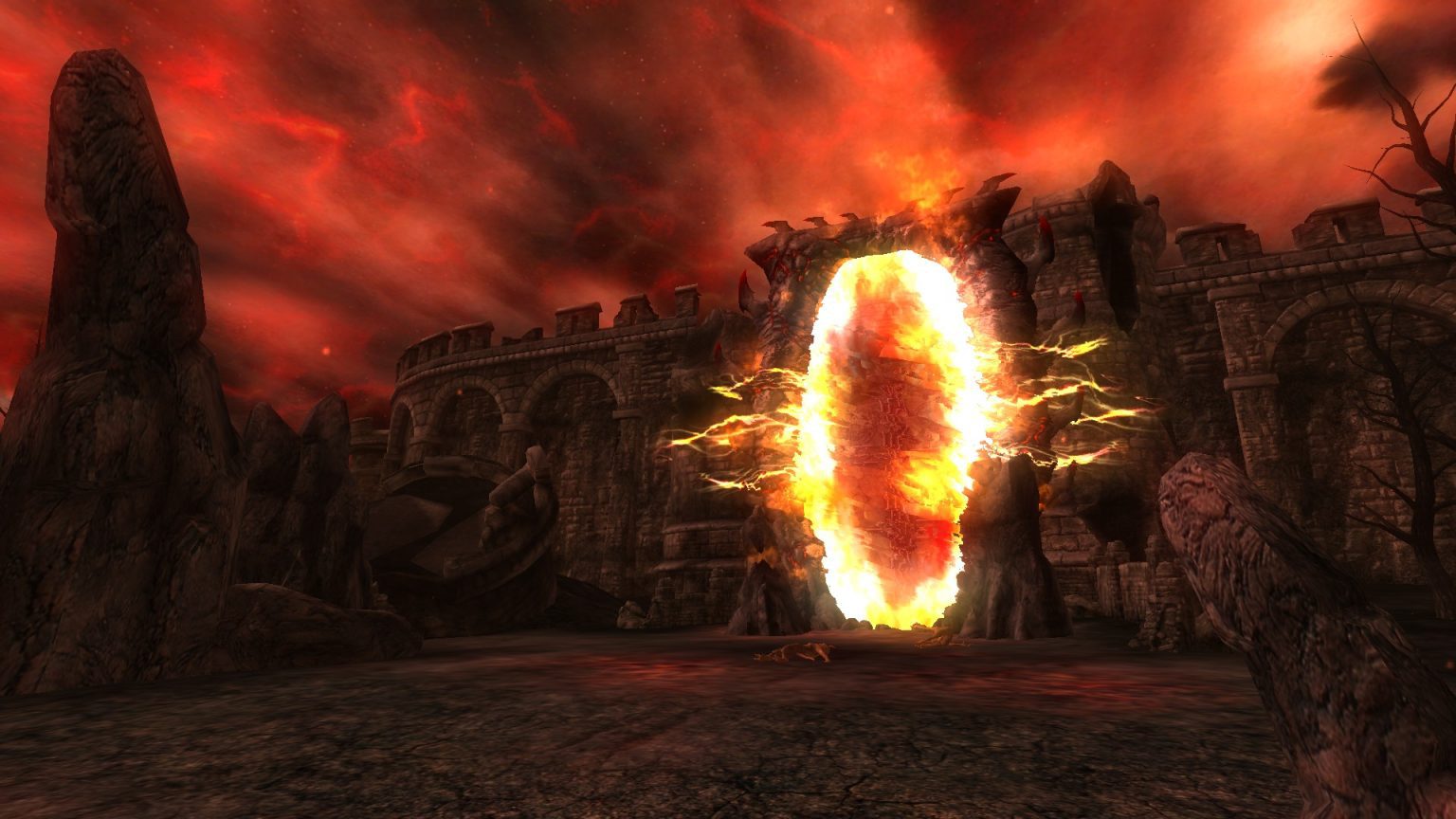





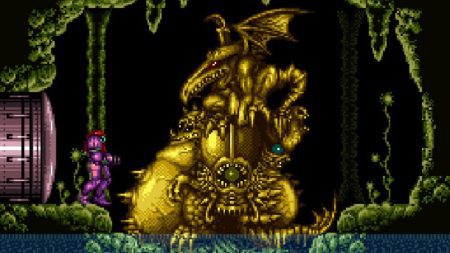
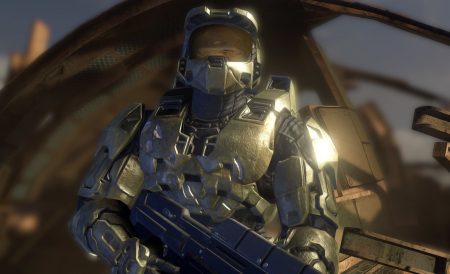
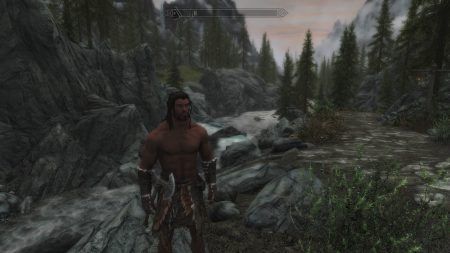
2 Comments
Really enjoyed reading this, having not played it for years. When you stumble upon some blog you’ve never heard of before, I always expect the worst – but it’s great to see some great writing
Oblivion was my gateway in to RPG and I still play it today. Your term “artistic nourishment” is perfect. It is characterful and oh so pretty. And compared to Skyrim it obviously lacks but it does have proper varied undead not to mention goblins. Another thing Oblivion also rewards players for is the athletic capabilities their character build gains. Noticing after a while that as a wood elf you can jump over your oppenent and start attacking their rear then bound away is great! I’ve still not done absolutely everything there is inside the game.